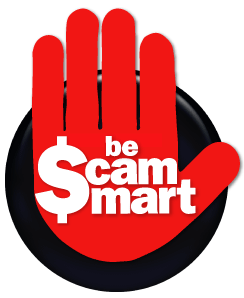]]>
The United States Secret Service was established in the 19th century at the end of the American Civil War to try to put an end to making counterfeit money when approximately one-third to one-half of all the currency flooding the nation’s market was fake. Today in the 21st century, the Secret Service’s role has expanded to include aggressively pursuing American money counterfeiters and traffickers internationally.
Counterfeiting once again is on the rise with the continuing quantum leaps of computer technology and ubiquitous access. A popular “funny-money” making method is digital printing using computer scanners and high-resolution printers. Professional money-printing presses use technologies similar to those of the U.S. Bureau of Engraving and Printing and produce high quality “supernotes” or “superdollars” that can easily fool an unwary or untrained eye.
In a report issued in October 2006, the United States Treasury Department released its findings with a list of countries deserving special mention as sources of counterfeit U.S. currency. According to the study, Latin America in general, Bulgaria in Southeast Europe and the region on Russia’s southern border were amongst the highest rankers. Colombia, in particular, for the last four years has topped the list where the largest amounts of forged U.S. notes were seized and where the trafficking of counterfeit money worked hand in hand with the manufacture and distribution of narcotics by local criminal organizations.
The superdollar, an almost perfect counterfeit of a United States banknote, has been circulating since the late 1980s and is so called because the technology used to create the note exceeds the technology of the original. Currently, it is estimated that 1 in 10,000 bills is a super note. In an ongoing strategic investigation, the U.S. government determined that the main culprit in superdollar distribution scheme was North Korea for the purpose of financing its own government and to undermine U.S. economy. Likewise, North Korea responded that the accusations were “sheer lies” and an exploitation of the issue as pretext to war; and in January 2007 reports surfaced suggesting that the CIA was the culprit behind the counterfeit products. Later that same year a report by Swiss investigators challenged the U.S. claim of North Korea’s culpability.
Interestingly, the U.S. Secret Service has noted a substantial reduction in the quantity of forged U.S. currency. Despite the growing availability of counterfeiting technologies, in 2005 only about USD $61 million (a relatively small amount) in fake money was passed on to the public worldwide. Meanwhile counterfeiters have turned their attention to the Euro, which has experienced rapid growth in the forgery of banknotes and coins since the Euro’s launch in 2002.
To find out more about anti-counterfeiting features, new U.S. currency designs, and other money facts, visit the website of the U.S. Bureau of Engraving and Printing. Or see the web page of the Treasury Departments Financial Crimes Enforcement Network for more information on fighting other financial crimes, including terrorism financing and money counterfeiting. For more information on U.S. policy, see Terrorist Financing.







